Are you looking to build your students’ phonemic awareness skills? When young children begin formal schooling, it can be super easy to jump straight into the learning of graphemes and phonics. The school year goes by so quickly that starting the reading and spelling journey is a teacher’s number one priority. However, a child’s phonemic awareness can often get overlooked, or a presumption made that they already have this awareness. It’s important to point out that the terms phonics and phonemic awareness are not the same — and phonological awareness is its own distinct concept too.
With so many educators asking us what phonemic awareness is and how to teach it, our teacher team put together this guide to help you break this crucial concept down!
What Is Phonemic Awareness?
Let’s start with the basics, shall we? Phonemic awareness involves the ability to identify, isolate, manipulate, and blend individual phonemes — the smallest units of sound — in words. For example, being able to identify that the word ‘cat’ has three sounds (/k/ /a/ /t/) and being able to change the /k/ sound to /b/ to create the word ‘bat’ is a sign of phonemic awareness.
When it comes to learning to read, developing phonemic awareness skills is crucial for young learners. Reading, after all, requires the ability to recognise and understand the sounds that make up words and to connect those sounds to the letters and letter combinations that represent them.
Phonemic awareness is the skill that allows students to decode words, recognising and sounding out the words they haven’t encountered before. It allows them to can break down words into their individual sounds (phonemes) and blend those sounds together to form words.
Are Phonological and Phonemic Awareness the Same?
The names are similar, but phonological and phonemic awareness aren’t quite the same thing.
Phonological awareness refers to the broad awareness of the sound structure of language, including the ability to recognise and manipulate larger units of sound such as syllables, onset and rime and phonemes.
Phonemic awareness, on the other hand, falls under the umbrella of phonological awareness. This literacy skill specifically focuses on the ability to manipulate and distinguish individual phonemes in words.
Short on time? Explore hundreds of curriculum-aligned phonics resources for your lessons!
Phonemic Awareness Listening Activities
The ability to listen is also an important building block of phonemic awareness. Listening skills are critical for the development of phonemic awareness because phonemic awareness is an auditory skill. In order to develop phonemic awareness, students need to be able to distinguish and manipulate individual sounds in spoken language, which requires good listening skills.
Here are some great listening activities that you can do with your early years students at the beginning of the year to get an idea as to how well they are listening. The best part about these listening activities is they are heaps of fun, and students won’t even feel like they are being tested!
Multiple Instructions
Learning to listen to a series of instructions, not just one, is an important part of listening skills. In this game, you will read out a list of actions that you want a student to complete. That student will have to complete them all — after hearing them all listed out just one time!
For example, you might say that you want to a student to:
- Hop to the door.
- Say ‘Boo!’
- Walk 3 steps back.
While your designated student is performing the tasks, the rest of the class also listens to the instructions and gives thumbs up or down to if their classmate correctly followed the directions.
Barrier Games
Another fun listening activity, this one involves colouring in pages and setting two students up so one is a speaker and one is a listener. The speaker and listener are then separated by a barrier such as a piece of cardboard mounted on a desk.
Prior to beginning the game, the student designated as a speaker should colour in their colouring sheet, while their partner will keep their sheet blank. Make sure the listener doesn’t get to see the coloured sheet!
During the game, the speaker gives precise instructions to the listener, telling them how to colour their own sheet. The goal is for the listener to produce work that is close to being identical to that of the speaker. This can be done with activities other than colouring, too:
[resource:4501284][resource:2065190][resource:4261010]
Phonemic Awareness Activities (By Skill)
To make it easier for teachers, we decided to unpack some of the most crucial phonemic awareness skills that young children need to master so that they can be set up for success when it comes to spelling and reading. Each of these skills outlined also includes some suggested questions and phonemic awareness activities that you could do with your students.
Phoneme Isolation and Identification
We popped these two skills together because they go hand in hand. Phoneme isolation is the ability to identify and isolate individual sounds within a word — the sounds at the start of the word, the middle of the word and the end of the word. With beginning readers, these are monosyllabic words.
Phoneme identification, on the other hand, refers to a student’s ability to recognise and distinguish individual sounds in spoken words. For example, if you give a child two words such as ‘cat’ and ‘cut,’ a child with good phoneme identification skills would be able to identify the different sounds in each word (/k/ and /t/ in ‘cat,’ and /k/ and /ʌ/ in ‘cut’).
Here are some questions you may ask your students:
- What is the first sound in pig?
- What is the last sound in pig?
- What is the middle sound in pig?
With phoneme identification skills, students can recognise the same sounds across multiple words, or they can identify a focus phoneme in multiple words.
Here are some questions you may ask your students about this skill:
- Which word starts with the ‘m’ sound — cat, fat, mat?
- What do these words have that are the same — mum, mat, mop?
Phoneme Isolation and Identification Activity Ideas
- Beginning Sounds Scoot Activity — Place the 24 cards from this beginning sounds sorting activity all around your classroom with a number identifying each one. Students will move around the room from one card to the next, recording the number and writing down the correct beginning sound for each on a sheet of paper. In this activity, children need to identify the sounds that come at the start of the word, but you could easily adapt this resource to focus on middle and end sounds too!
- Stand up, Sit Down Activity — While students sit in their seats, read out a focus phoneme. To play, students must stand up when they hear that phoneme at the start of a word. This is a very quick way to determine which students are able to identify phonemes.
Phoneme Categorisation
This phoneme awareness skill involves the ability to group or categorise phonemes based on their shared characteristics. More simply, this is the ability for students to recognise that certain sounds belong to a particular group or category, and that other sounds belong to different categories.
For example, if you have the words dog, dad and rug, both ‘dad’ and ‘dog’ can be categorised into the same group of initial sounds, while ‘dog’ and ‘rug’ would be paired together in a group of words with the same final sound.
Phoneme Categorisation Activity Ideas
- Beanbag Phoneme Activity — Using picture cards that represent CVC words like these CVC word building mats, this activity is perfect for a small group. Set up three baskets, and add a label of 1, 2 or 3 on each basket to imply the ‘first’ sound, ‘second’ sound and ‘last’ sound in a word. Provide a focus phoneme such as ‘d.’ Students then pick up a picture card, identify the ‘d’ sound, and throw a beanbag in the correct basket. For the word ‘dog,’ for example, the students would throw the beanbag into the first basket. You might also create a discard pile for words that don’t include your focus phoneme.
- What Doesn’t Belong? Using the picture cards from the activity above, present students with three picture cards, and ask students which one doesn’t belong in the group, based on the sounds.
Phoneme Segmentation and Blending
Phoneme segmentation and blending are two important skills that involve the ability to break down and manipulate individual sounds. Segmentation is the ability to break words down into individual sounds, while blending involves blending individual sounds together to form a word
We’ve popped these two skills together because essentially you want students to be able to segment a word into its individual phonemes and then blend those phonemes together to say the word.
You might say to a child:
- What word am I saying /m/ /a/ /t/?
- How many sounds can you hear in mat?
Phoneme Segmenting and Blending Activity Ideas
- Playdough Blending — Place a picture card in front of your students, and ask them what they see and ask how many sounds can you hear? Then have them create three playdough balls. For example, if the word is ‘bat,’ students should press each ball of dough individually as they segment the word /b/ /a/ /t/. Then have them roll those ‘squashed’ balls together to blend the phonemes together again. This is a great way to represent how segmented phonemes come together to form one word!
- Car Segmenting and Blending — Pull out the toy cars for a similar game. This time a child manipulates a small toy car across the desk or table. The car stops for each sound, but it keeps driving when students are blending words together.
- Jumping Sounds — Turn phoneme awareness development into an active game with masking tape that you can use on the ground to create circles. This activity is similar to the playdough game described above, but instead of using dough, you will have students jump to your tape circles to represent the different sound segments in a word. Then walk across the tape when they are blending the phonemes together.
Working on consonant blends? Check out our teacher team’s favourite blends resources!
Phoneme Deletion
Phoneme deletion is the ability to identify a target sound within a word and then remove it, creating a new word with a different meaning. By being able to delete individual sounds from words, children can better understand the relationships between sounds in words and the impact that changing or removing sounds can have on the meaning of a word — an important part of overall phoneme awareness.
You may ask your students the following:
- Say cat – now say cat without the /c/ sound.
- Say spark – now say spark without the /s/.
Phoneme Deletion Activity Ideas
- Drop the Sound — Using picture cards (like this colourful card set with more than 100 flashcards), hold up card, and ask the students to say the word but skip the first sound. For example, if you are holding up a picture of a cat, the students would say ‘at.’ Switch things up after a while! Play the same game, but challenge students to drop the final sound in the words!
- Feed the Dinosaur Sounds Activity — Find a dinosaur with an open mouth from your classroom toy box, or have students create a dinosaur from boxes (a cereal box is great for this!) and label blocks with letters representing the different phonemes. The game is for students to feed the hungry dinosaur the right sounds! For example, you could say the hungry dinosaur is wanting to eat the /m/ sound today. Use the blocks and say a word that has the /m/ at the start or the end such as ‘mat.’ Show the students the blocks for the sounds /m/ /a/ /t/. Which block will I feed the dino today? Have a volunteer put the block in the dinosaur’s mouth and then ask what is the word now. Students would then say ‘at.’
Teach Starter Teacher Tip: Change ‘Feed the Dinosaur’ to ‘Feed the Monster,’ and use this printable tattle monster template to decorate your hungry tissue box!
Phoneme Addition
Deleting a phoneme is important, but kids shouldn’t just take away sounds. They need to know how to add them too! Just as the name implies, phoneme addition involves adding a phoneme to a word to make a new word. For example, add /s/ to the beginning of the word park. What word do you have now?
Phoneme Addition Activity
- Make a New Word. Once again, you can use picture cards like these CVC word shape cards (these are so useful!). This time hold up images of objects that can have phonemes added to form new words. For example, hold up a picture of a pot and ask your students what new word would be formed if you add ‘s’ to the start of the word pot, /s/ /pot/. You can keep doing this with a variety of images.
Phoneme Substitution
Phoneme substitution involves the students manipulating spoken words by substituting certain phonemes for others. This has often been described as one of the hardest phonemic awareness skills as students need to complete multiple steps to get to the new word. It’s often one of the last skills developed as students need to have a grasp of the phoneme addition and deletion skills first.
In this skill you may say:
- What word do we have if we change the /c/ sound to /r/ sound in cat?
- What word do we have if we change the /d/ sound to /l/ sound in dog?
Phoneme Substitution Activity
- Chop the Word. Use coloured pieces of paper for this activity. First, you need three of the same coloured cards and the ability to display them so students can see (a pocket chart works well). Tap each card as students help you segment a given word. For example, let’s say ‘hat.’ Do this multiple times, touching the index cards as you segment the word /h/ /a/ /t/. Now, you are going to ‘chop’ it — often a hand signal like a karate chop works well here. You will remove the first card and add a different coloured card to that same spot. This is where you give them a new sound. Let’s say /m/. Then blend those phonemes together to get the new word ‘mat.’

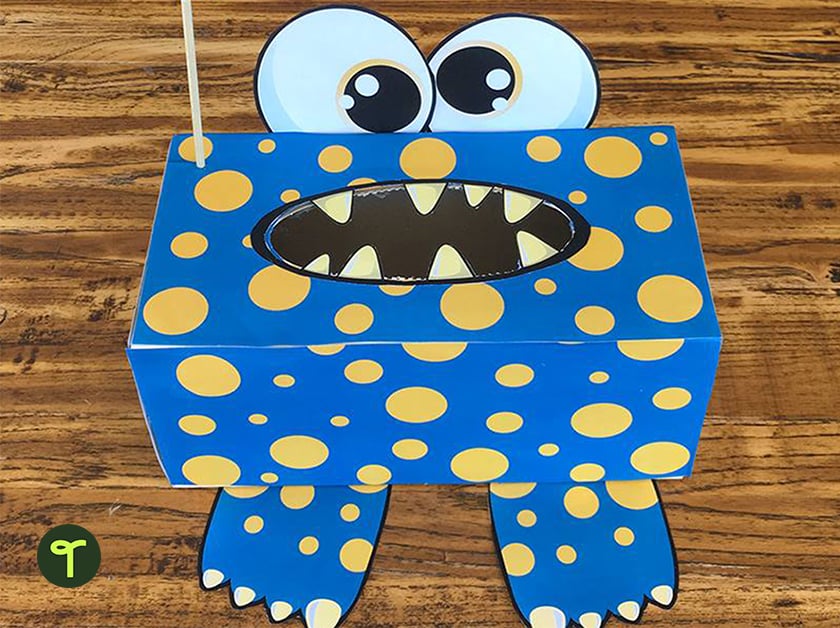
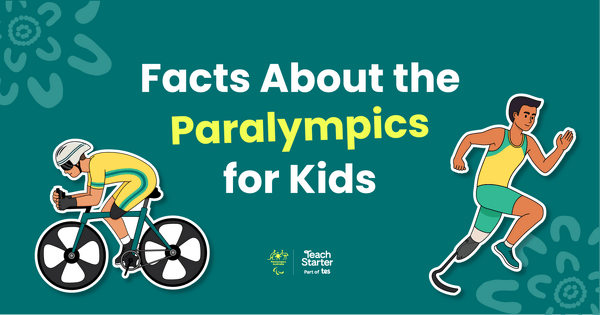


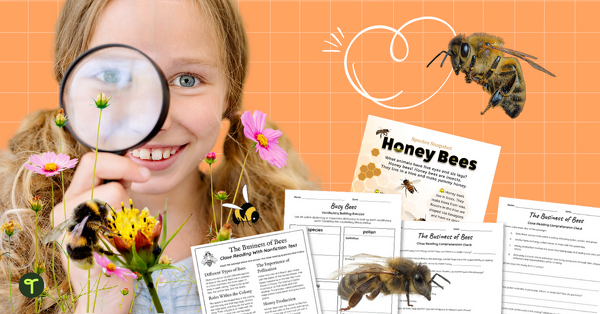
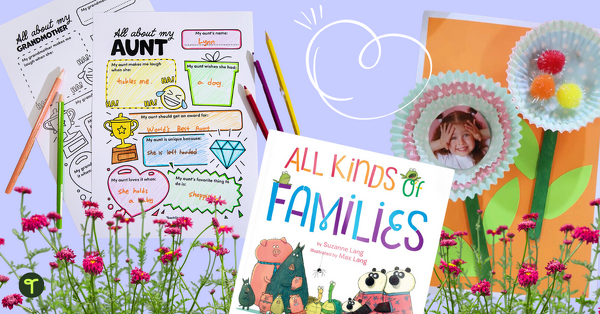
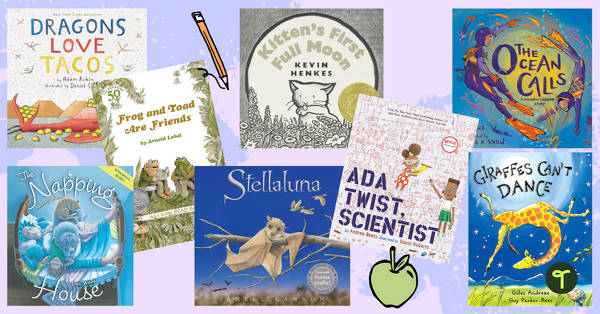
Comments